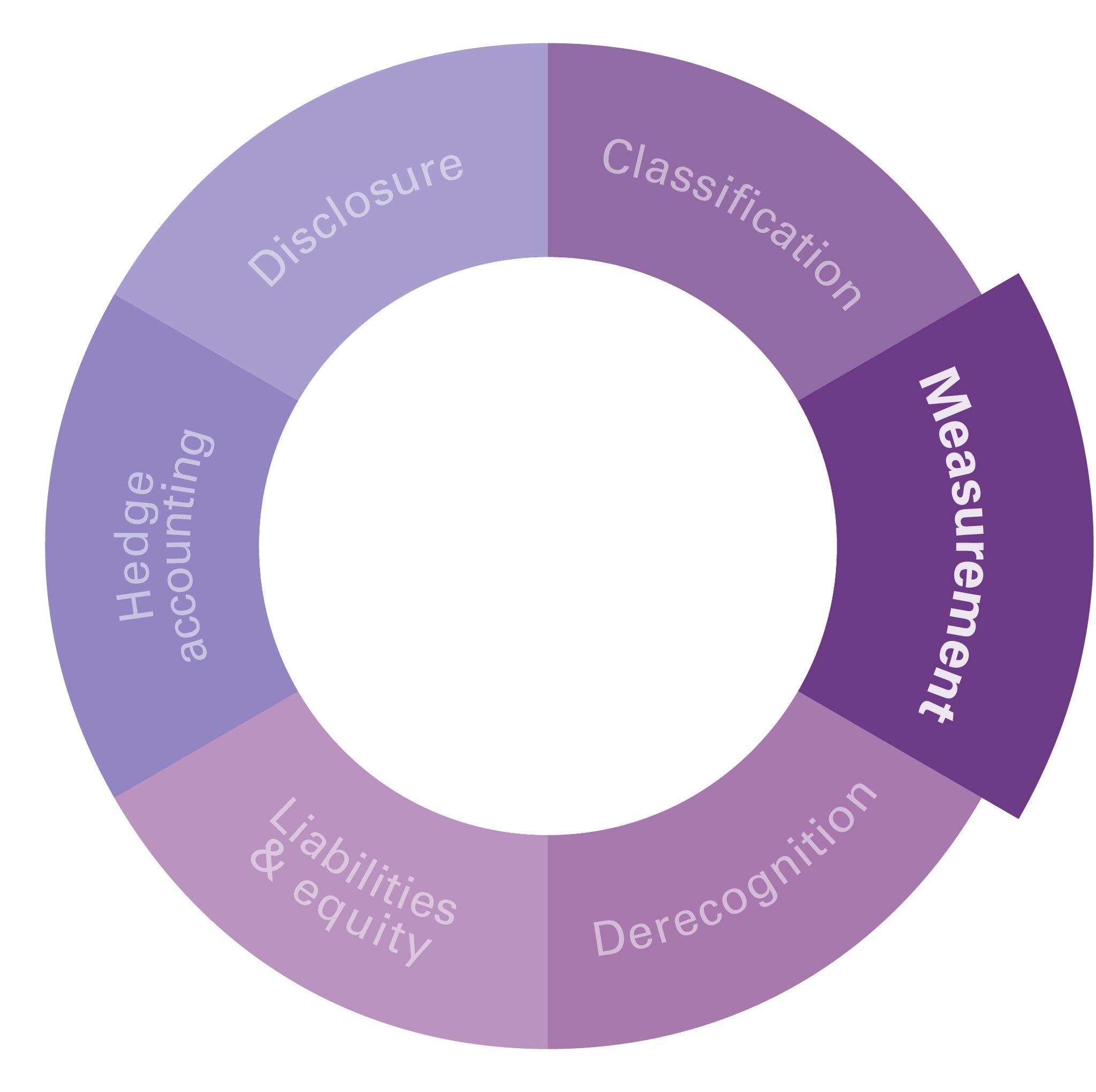The accounting consequences including the profit or loss impact arising from loan modifications differ depending on the extent to which the arrangement has been modified and the accounting policy choice made by the entity. In this article we explain the circumstances where an entity has an accounting policy choice to either revise or not revise the effective interest rate when the interest rate on a loan has been modified.

Scenario
Company P has a $10 million loan from a bank with the following key terms:
- 5 years until maturity.
- Fixed interest rate of 7% p.a.*
- Loan can be prepaid at any time without significant penalty.
Company P renegotiates the terms and the bank agrees to reduce the interest rate to 5% p.a. to reflect the current market interest rate.
The modification is determined to be non-substantial and Company P is required to recalculate the carrying amount of the loan based on the present value of the new cash flows.
*Assuming no transaction costs at the time of initial recognition
Questions
Where a modification is non-substantial based on the quantitative assessment (see our article Loan modifications and derecognition), Company P has an accounting policy choice, to be applied consistently, to either:
- Discount the new cash flows using the original effective interest rate of 7%.
Under this policy, remeasurements of the carrying amount will give rise to a gain or loss in P&L and Company P will continue to recognise interest expense at 7%; or
- Discount the new cash flows using a revised effective interest rate of 5%, reflecting the new rate of interest on the loan.
Under this policy remeasurements of the carrying amount will not give rise to a gain or loss and Company P will recognise interest expense at 5% from the date of modification.
Company P has this choice because the loan can be repaid at any time without significant penalty and the loan renegotiation was on an arm’s length basis.
Yes, if the modification is determined to be non-substantial based on the outcome of the quantitative test, Company P can still choose which discount rate to use when recalculating the carrying amount of the loan.
No, in this case Company P must use the original effective interest rate of 7% when recalculating the carrying amount of the loan at the date of modification and a gain will be recognised in P&L.
Getting technical
In accordance with AASB 9, when a debt instrument is restructured or refinanced and the terms have been substantially modified, the transaction is accounted for as an extinguishment of the old debt instrument, and the recognition of a new instrument at fair value. [AASB 9.3.3.2]
If the exchange or modification is not accounted for as an extinguishment (i.e. because the modification is non-substantial), then the amortised cost of the liability is recalculated by discounting the revised estimated future cash flows at the instrument’s original effective interest rate or, when applicable, the revised effective interest rate. [AASB 9.5.4.3]
The original contractual terms may facilitate a repricing of an otherwise fixed interest rate (or an otherwise fixed component of an interest rate) to reflect a change in periodic market rates of interest, either because the lender has a right to demand immediate repayment without significant penalty, or because the borrower has an option to prepay without significant penalty (combined with its ability to obtain alternative financing at market rates from other possible lenders).
In these cases, it appears that the entity may choose an accounting policy, to be applied consistently, to revise the original effective interest rate based on the new terms, to reflect changes in cash flows that reflect periodic changes in market rates. The revised effective interest rate would then be used to discount the modified contractual cash flows for calculation of the modification gain or loss and for subsequent calculation of amortised cost. [AASB 9 paragraphs B5.4.5 and B5.4.6]
Get in touch
More financial instruments Q&A
- How does a borrower account for a waiver of loan repayments?
- How does a borrower account for loan repayment holidays obtained during the COVID-19 pandemic?
- When do loan modifications result in derecognition?
- How does a borrower account for a modification to a prepayable fixed rate loan?
- What is the impact of modifying a floating rate loan?
- How do new costs and fees impact modification accounting?
- Does the effective interest rate change with non-substantial loan modifications?
- How does a borrower account for loan renegotiation costs?
- How are unamortised transaction costs accounted for on loan modification?




